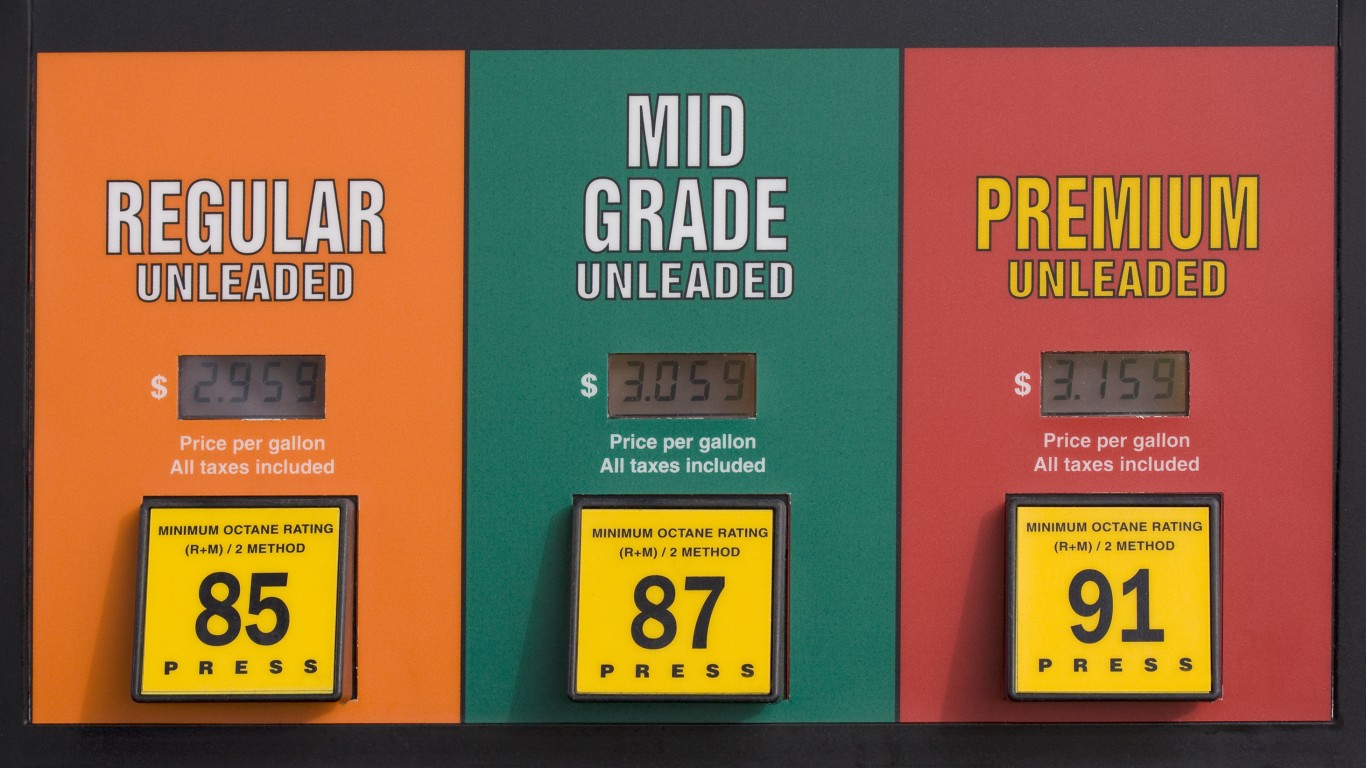
NOAA has made projections of the likely path of the Deepwater Horizon rig spill. The model for the forecasts is based on ocean and weather patterns determined by government agencies.
In the technical report being released today, the model’s results aggregate information from 500 distinct scenarios (model outcomes). Each assumes a 90-day oil flow rate of 33,000 barrels per day – the net amount from the flow rate ceiling of 60,000 barrels per day (the lower bound is 35,000 barrels/day) minus the daily estimated amount being skimmed, burned, and/or collected by the Top Hat mechanism. The model also accounts for the natural process of oil “weathering” or breaking down, and considers oil a threat to the shoreline if there is enough to cause a dull sheen within 20 miles of the coast. If, for example, 250 of the 500 scenarios indicated a shoreline threat for a particular area, the overall threat for that area would be a 50 percent probability.
It has become more clear that the oil slick will affect more than fishing and the tourism around the Gulf. The new projections show that Miami is likely to be hit by the waterborne crude.
The data also shows that the Eastern Seaboard is threatened by the slick. The government has not provided economic forecasts about the costs of oil moving into the Atlantic or the results if all of the Florida shore and Georgia are damaged.
It certainly has become more likely that the damages facing BP plc (NYSE: BP) are catastrophic.
Douglas A. McIntyre
Thank you for reading! Have some feedback for us?
Contact the 24/7 Wall St. editorial team.




